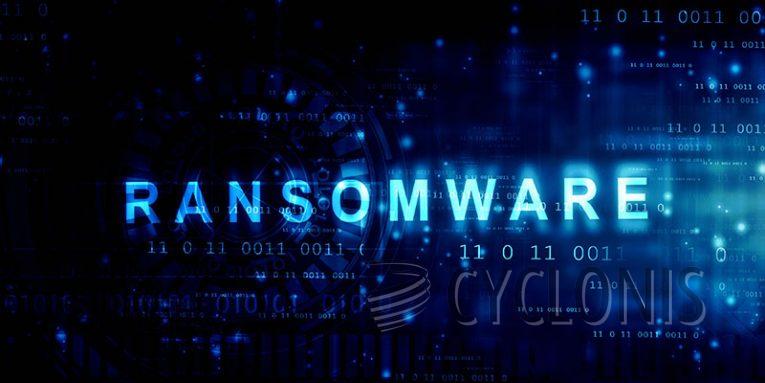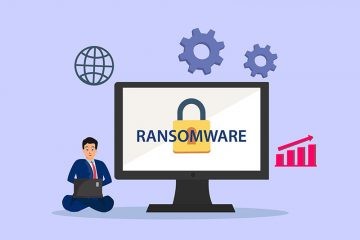What is OPIX Ransomware?

OPIX ransomware is a malicious software designed to encrypt files on a victim's computer and demand a ransom for their decryption. Once activated, it renames the files with random characters and appends a ".OPIX" extension. For example, "1.jpg" might become "Jb9gPY9nDT.OPIX," and "2.png" could change to "i73Kxq9FFg.OPIX."
Table of Contents
Encryption and Ransom Note
After encryption, OPIX creates a ransom note titled "#OPIX-Help.txt." This note informs victims that their files are encrypted and demands payment for decryption. The ransom doubles if the victim does not contact the attackers within 48 hours. The note also claims that the encrypted data has been copied and will be sold on the dark web if the ransom is not paid.
The OPIX Ransomware note reads like the following:
!!!All of your files are encrypted!!!
To decrypt them send e-mail to this address:
Write the ID in the email subject
ID: -
Email : opixware@gmail.com
Telegram : @opixware
To ensure decryption you can send 1-2 files less than 1MB we will decrypt it for free.
We have backups of all your files. If you dont pay us we will sell all the files to your competitors
and place them in the dark web with your companys domain extension.
IF 48 HOURS PASS WITHOUT YOUR ATTENTION, BRACE YOURSELF FOR A DOUBLED PRICE.
WE DON'T PLAY AROUND HERE, TAKE THE HOURS SERIOUSLY.
Decryption and Data Recovery
Decrypting the files without the attackers' help is generally impossible unless the malware has significant flaws. However, paying the ransom does not guarantee that the attackers will provide the decryption key. Removing OPIX from the system will prevent further encryption but will not restore the encrypted files. Recovery is only possible through backups stored in separate, secure locations.
Ransomware Examples
Recent ransomware examples include Lilium, Capibara, Scrypt, Vehu, and Paaa. While their operations are similar, they differ in the cryptographic algorithms they use and the ransom amounts they demand. The ransoms can range from hundreds to millions of dollars, depending on whether the victim is an individual or a large organization.
Infection Methods
Ransomware typically spreads through phishing and social engineering tactics. Malicious files may come as attachments or links in emails, disguised as legitimate content. Common file types used for spreading ransomware include archives (RAR, ZIP), executables (.exe, .run), and documents (PDF, Microsoft Office). Infection methods also include backdoor trojans, drive-by downloads, malicious attachments in spam emails, untrustworthy download channels, illegal software activation tools, online scams, malvertising, and fake updates.
Protecting Yourself from Ransomware
To protect against ransomware:
- Be cautious with emails, direct messages, and other communications from unknown sources.
- Avoid opening suspicious attachments or links.
- Download software only from official and verified sources.
- Use genuine activation tools and update software through legitimate channels.
- Install and regularly update reputable antivirus software to scan and remove threats.
If infected with OPIX, running a scan with an updated anti-malware program is crucial to eliminate the ransomware from your system. Regular backups and cautious online behavior are essential to safeguard your data against ransomware attacks.








